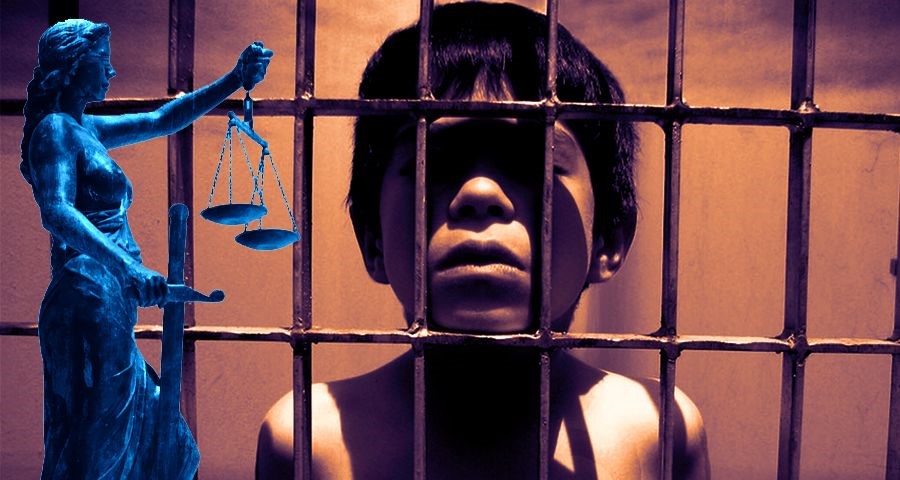The concept of juvenile justice revolves around the idea of providing special care, protection, and guidance to young offenders to ensure their rehabilitation and reintegration into society. In India, the legal framework for juvenile justice has evolved significantly over the years to address the unique needs and vulnerabilities of children who have breached the law. This article aims to examine the state of juvenile justice in India, focusing on facts, challenges, and efforts to ensure a brighter future for young offenders.
Legislative Framework:
India enacted the Juvenile Justice (Care and Protection of Children) Act in 2015, replacing the earlier Juvenile Justice Act of 2000. The new legislation focuses on the rehabilitation and reintegration of children in conflict with the law while prioritizing their best interests and rights. It distinguishes between juvenile offenders (between 16 and 18 years) and children in need of care and protection.
Age of Criminal Responsibility:
According to Indian law, the age of criminal responsibility is set at 18 years. This means that individuals below 18 years are considered juveniles and are subject to different legal procedures and punishments than adults. The intent behind this provision is to acknowledge that juveniles are still in the formative stages of development and are more amenable to rehabilitation.
Rehabilitation and Reintegration:
The primary focus of the juvenile justice system in India is to rehabilitate and reintegrate young offenders into society. The Act provides for various measures, including counselling, education, vocational training, and skill development programs. Special homes and observation homes have been established across the country to ensure that juveniles receive appropriate care and guidance during their stay.
Juvenile Justice Boards and Child Welfare Committees:
Juvenile Justice Boards (JJBs) and Child Welfare Committees (CWCs) play crucial roles in the juvenile justice system. JJBs are responsible for determining the guilt or innocence of a juvenile, while CWCs focus on the care and protection of children in need. These bodies are required to conduct proceedings in a child-friendly environment, respecting the rights of the child at all stages.
Challenges:
The juvenile justice system in India faces several challenges in its implementation and effectiveness. Some of the key challenges include:
- Lack of infrastructure and resources: Insufficient infrastructure, trained personnel, and resources pose hurdles in delivering effective rehabilitation services.
- Delayed justice: Lengthy legal proceedings often delay the resolution of cases, hampering the timely rehabilitation of young offenders.
- Stigma and social reintegration: Overcoming societal stigma and facilitating the reintegration of juveniles into their communities is a significant challenge.
- Over-representation of marginalized groups: Children from marginalized communities, such as those from low-income backgrounds or certain castes, face higher rates of involvement in the juvenile justice system, pointing to deeper socio-economic issues.
Initiatives and Reforms:
Several efforts are being made to address the challenges faced by the juvenile justice system in India. Some notable initiatives and reforms include:
- Strengthening infrastructure: There have been initiatives to improve the infrastructure of juvenile justice institutions, including the construction and renovation of observation homes and special homes.
- Skill development programs: Vocational training and skill development programs have been introduced to equip juveniles with the necessary tools for reintegration into society and gainful employment.
- Awareness campaigns: Public awareness campaigns have been launched to educate the public about the rights and needs of young offenders, aiming to reduce stigma and facilitate their reintegration.
- Training and capacity building: Regular training programs are conducted for professionals working in the juvenile justice system to enhance their skills and knowledge in dealing with young offenders.
Juvenile justice in India has evolved to prioritize the best interests of children in conflict with the law. The legal framework, although not without challenges, emphasizes rehabilitation and reintegration, aiming to secure a better future for young offenders. Continuous efforts, including infrastructure development, skill training, awareness campaigns, and capacity building, are essential to strengthen the juvenile justice system further. By fostering an environment of care and support, India can ensure that its juvenile justice system becomes a catalyst for positive change and empowerment, laying the foundation for a brighter future for its young citizens.
The Child Foundation aims at counselling children in conflict with law and guiding them to the correct path. The Child Foundation will also work at helping such children to improve their skillsets in order to secure jobs in the future.
